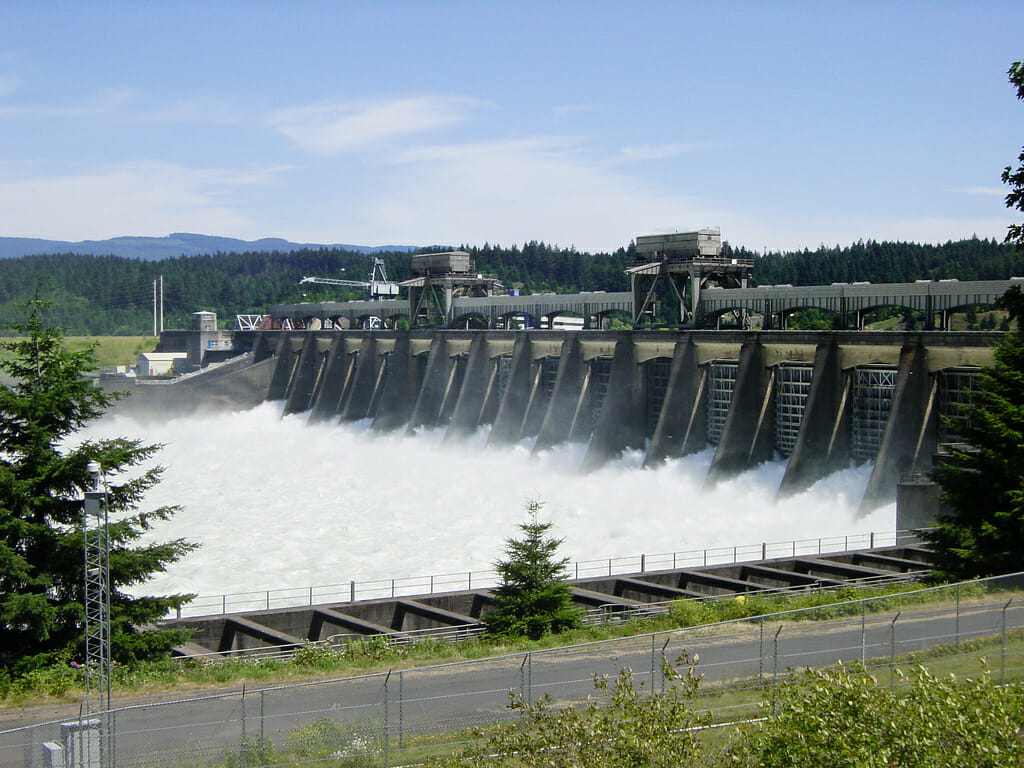- Course No E – 1441
- PDH Units 4.00
No data found for Custom Course Number
No data found for Custom Course Units
- Course No E – 1441
- PDH Units 4.00
Intended Audience: engineers concerned with the development of renewable energy technologies for electrical generation.
PDH UNITS: 4
Hydropower is currently the largest source of renewable electricity generation in the United States, representing approximately 7% of total generation. Larger plants with water storage capability will play an important role in the future development of wind and solar power generation by providing back-up power to smooth out the fluctuations associated with these variable power sources. This course describes the technology of hydropower generation and provides estimates of hydropower availability. The advantages of generating electricity by hydropower rather than by fossil fuels are presented. Environmental impacts such as impounding water, flooding terrestrial habitats, and preventing the movement of fish and aquatic organisms, sediments, and nutrients are also described. Barriers to the expansion of hydropower, such as the high capital cost of new hydropower projects and the lengthy licensing and approval process are discussed. This course is based on Chapter 8, “Hydropower” of Volume 2 of “Renewable Electricity Futures Study. NREL/TP-6A20-52409-2. Golden, CO: National Renewable Energy Laboratory, 2012.
Learning Objectives
At the successful conclusion of this course, you’ll be able to identify and discuss:- Estimates of hydropower availability
- Overview of hydropower technology
- Environmental advantages over generation of power from fossil fuels
- Environmental and social disadvantages
- Manufacturing and materials requirements
- Potential for and barriers to expansion of hydropower
Once completed, your order and certificate of completion will be available in your profile when you’re logged in to the site.










